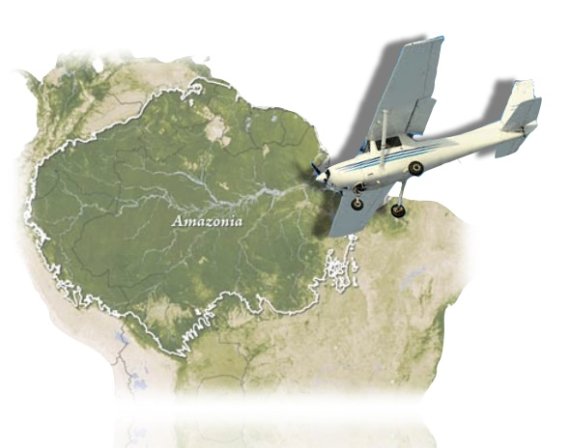To some extent, explains Peters, he will be taking existing work further. CO2 measurements in the atmosphere above the Brazilian Amazon have been going on since 2009. Bottles of air are collected from airplanes at particular times and places. Peters wants to continue doing this for the next five years. The isotope analysis will then be done in the Netherlands at the Universities of Groningen and Utrecht.
The work on the isotopes is the crux of the research. Levels of C13 tell us something about plants’ reactions to drought. ‘When there is a drought, the plant closes its stomata to limit water loss,’ explains Peters. ‘But that means less CO2 gets in and less photosynthesis takes place.’ The heavier C13 can not pass through the partially closed stoma as easily as C12. Levels of C13 in the atmosphere are therefore an indicator of how wide open the stomata are.
Besides this information, the proportions of oxygen isotopes also reveal information about the total CO2 absorption by plants, and thus the total photosynthesis. All the data put together should provide a detailed picture of the carbon balance above the Amazon. An important tool for this synthesis is the Carbon tracker Peter developed: a model for keeping track of the carbon exchange between the atmosphere and the earth. The ERC-funded project will go on for five years. Peters is working on it with colleagues in Brazil and at the universities of Groningen, Utrecht and Leeds.

